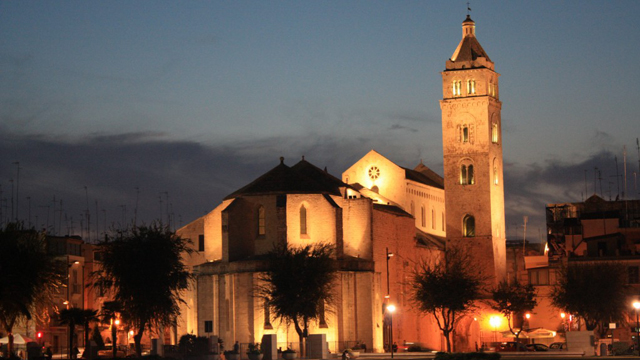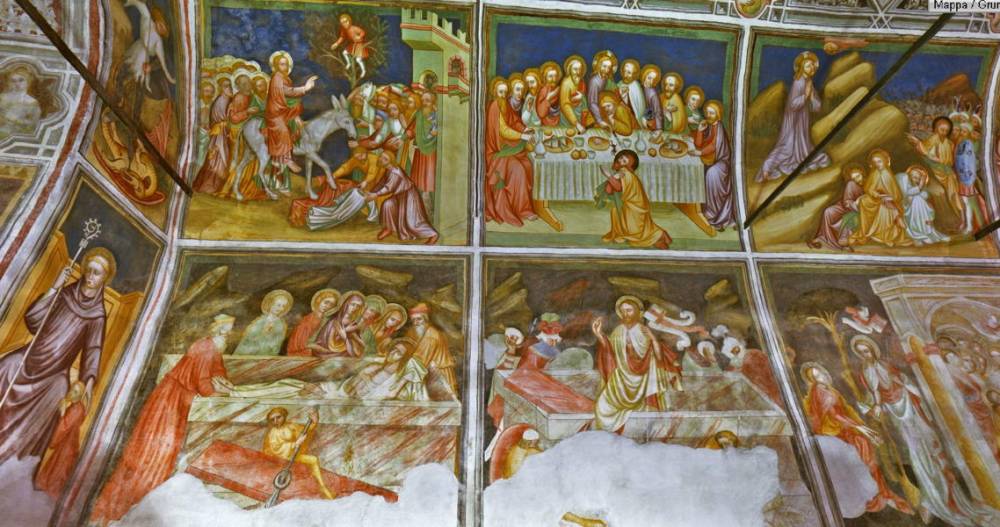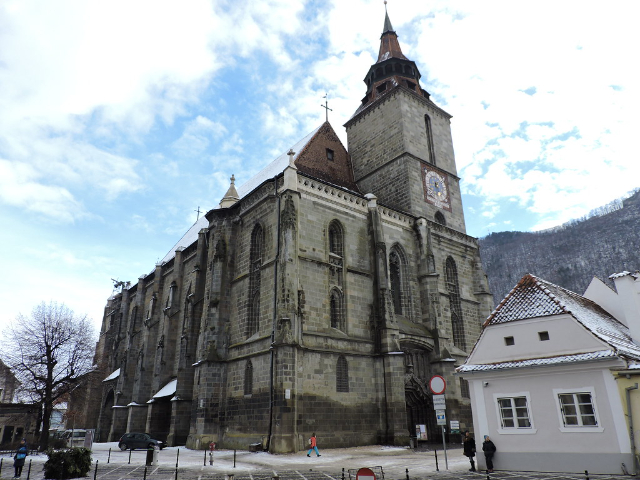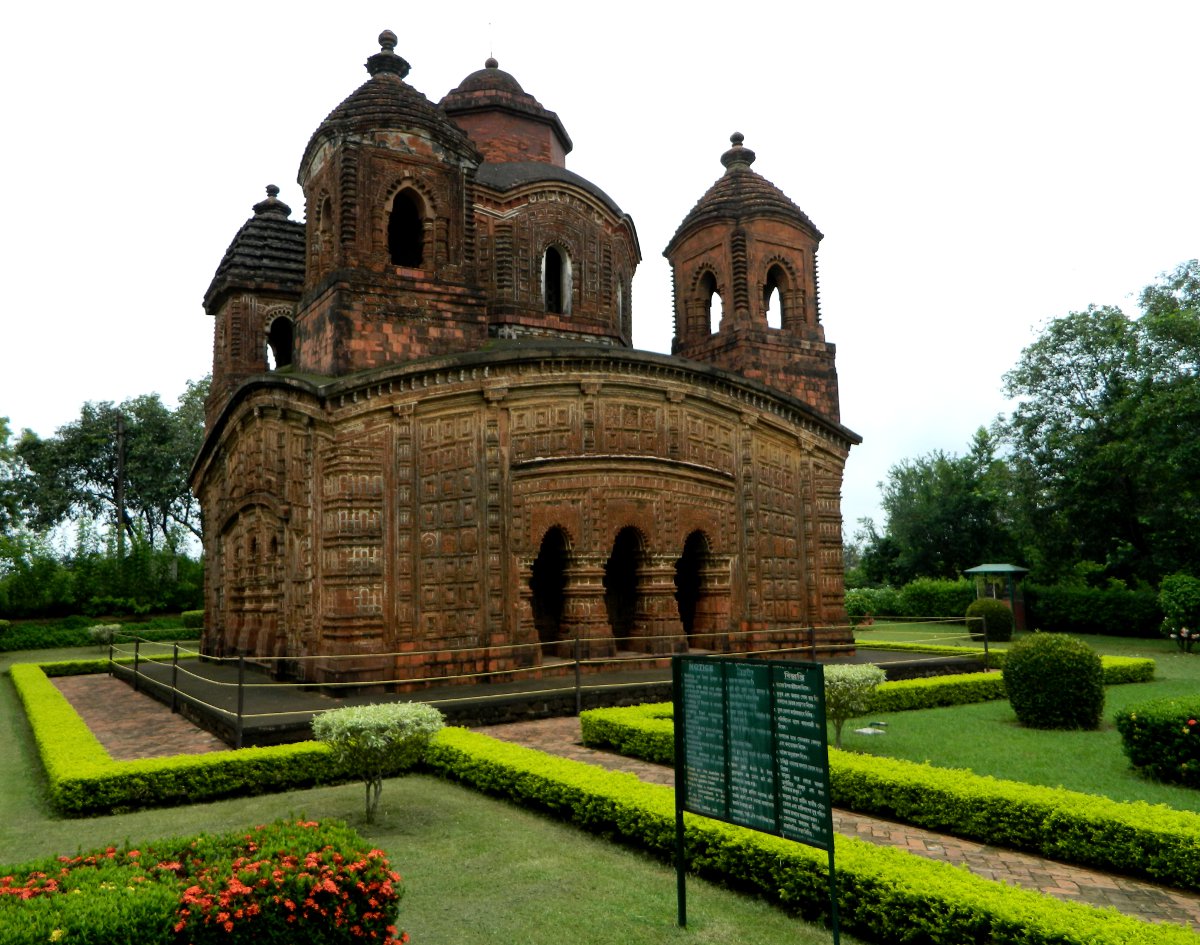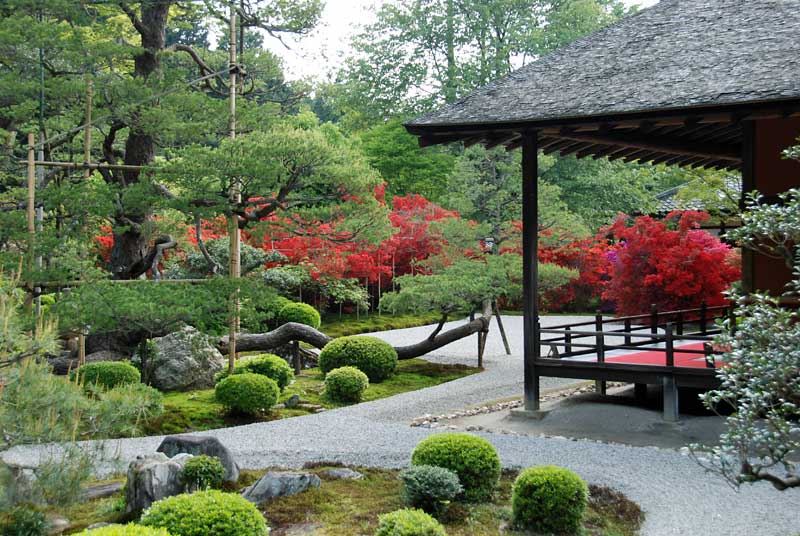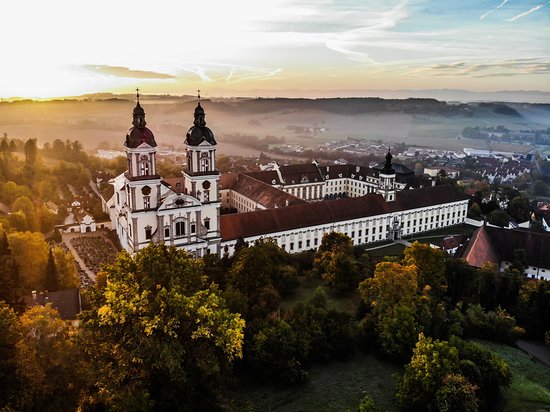The cathedral of Santa Maria Maggiore is the most important catholic church in Barletta, as well as the most important church of the city; the cathedral is also the most ancient center of the religious life of the city and the center of the entire urban plan, where streets and buildings revolve around this beautiful example of sacred architecture. The building is very complex and divided into two distinct parts: the front Romanesque and the back with beautiful Gothic characters.
The building is very complex and divided into two distinct parts: the front one in Romanesque style and the rear one with beautiful Gothic features. The current appearance of the church derives from an architectural stratification that has occurred over time, as the basilica appears to be a superimposition of different places of worship, belonging to different eras starting from the third century BC, with the tombs in caves, up to the fourteenth century with the Gothic basilica.
The structure underneath, discovered during the restoration works started in 1955, contains human skeletons and funeral objects and is located five meters below sea level.
The sixth century is testified by a building with three naves located five meters below the level of the current cathedral. The excavations would date this underground basilica to the bishop of Canosa di Puglia, in the period between 536 and 586.La cathedral è characterized by a beautiful Renaissance portal surmounted by a sumptuous frame and a rose window that will amaze you for its beautiful workmanship.
The original prospectus was made up of three portals, of which only the two side ones remain; it is probable that the central one was destroyed during an earthquake and replaced with the Renaissance one: only a few bas-reliefs remain with scenes of the Last Supper and of Christ’s entrance into Jerusalem.The interior of the cathedral is divided into three naves and completed by the apse, the presbytery in Gothic style and the elegant ciborium decorated with capitals in oriental style.
We also suggest you to visit the crypt, which preserves the remains of the pre-existing early Christian basilica and the so-called Treasure, where furniture, paintings, ivories and jewels of Islamic manufacture are kept.
The sculptural decoration present in Santa Maria was carried out in different times and for this reason it is very varied. Beautiful are the capitals populated by figures of animals, monsters and indistinct figures.
